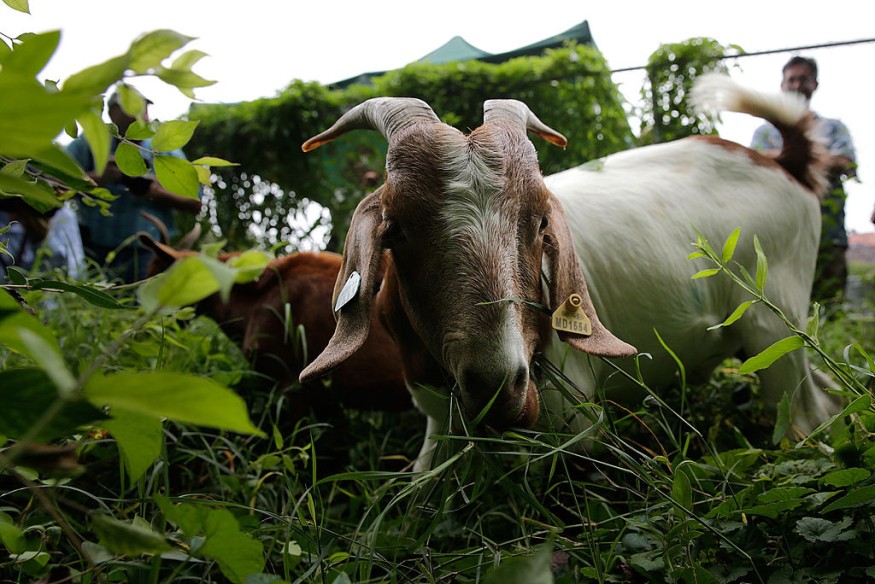Poison ivy can be around your garden, including poison oak and poison sumac.
It is important to weed them out earlier before it is too late.
They might have become unnoticed in your garden landscape, which could put your children at risk.
When homeowners become unaware, poison ivy can cause more stress.
According to the Cleveland Clinic, poison ivy can cause itchy or irritating skin rash after getting close to the plant's oily sap.
The plants have urushiol, which causes allergic reactions.
Knowing poison ivy in your garden landscape

It is best that homeowners should know what poison ivy looks like. According to the Columbus Dispatch, poison ivy seedlings can emerge in gardens due to birds dispersing seeds.
According to the Cleveland Clinic's report, about 90% who got close to poison ivy oil developed an itchy and irritating rash. The report said it would take about two weeks to recover from the allergic reaction.
The report added that identifying the difference of poison sumac, poison ivy and poison oak is essential.
- Poison ivy can be identified with a noticeable three-leaflet on a leaf, growing as a shrub, bush or vine. Poison ivy vine is considered hairy.
- Poison oak is also the same as poison ivy but has rounded tips.
- Poison sumac can grow in parts of the Midwest, Northeast's wet areas. Unlike the poison ivy leaf, sumac has a cluster of seven to 13 leaflets on each leaf.
Application of herbicide
Once you can identify the presence of poison ivy, a control plan is important to prevent and stop the presence of poison ivy.
According to The Columbus Dispatch, the herbicide helps treat young poison ivy, especially during the spring.
In terms of the herbicide, Everyday Health explained that homeowners and gardeners should choose the suitable herbicide.
Furthermore, applying the herbicides during sunny and warm weather conditions is best.
According to the article, glyphosate kills poison ivy by killing it inside.
Find your essential garden tools
Because poison ivy can cause sticky and itchy, gardeners and homeowners should assemble essential tools.
- Gardeners should dress appropriately when they start removing the poison ivy. Reports said that gardeners should ensure to wear long pants, gardening boots and gloves.
- The recommended tools are pruners, shovels, shears, and extra gloves.
- Furthermore, gardeners should also consider using a lotion specific for poison ivy.
Remove poison ivy roots properly
According to the Farmers' Almanac, poison ivy could still spread if not cut or removed correctly.
Removing the poison ivy's roots and stems is the most advisable.
Gardners should ensure to dig out or extract the roots so they will not grow again, and they should put the rooting inside a heavy-duty bag once the rooting is extracted.
According to Everyday Health, burning or using poison ivy as compost is not advisable.
Wash and clean your garden tools or equipment
The last step is to wash your equipment and tools to ensure that the oily sap of poison ivy won't cause itchy skin.
- Gardeners should watch their hands or skin with cool water to avoid irritation.
- For gardening tools, it is best to wash with soap, degreaser or rubbing alcohol. Visit Practical Plant for more tips on cleaning tools from poison ivy.
Related Article : 40,000 Plant Species Save at Kew's Millennium Seed Bank To Address Food Security, Conservation
For more similar, don't forget to follow Nature World News.
© 2025 NatureWorldNews.com All rights reserved. Do not reproduce without permission.





